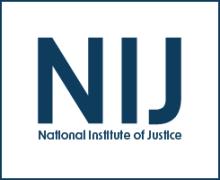Violence
Scope and Conceptual Issues in Testing the Race-Crime Invariance Thesis: Black, White, and Hispanic Comparisons
Domains of Masculine Gender Role Stress and Intimate Partner Violence in a Clinical Sample of Violent Men
Harassment, Discrimination, Violence, and Illicit Drug Use Among Young Men Who Have Sex With Men
Globalization, Frontier Masculinities and Violence: Booze, Brokes and Brawls
Victim-Offender Overlap in Context: Examining the Role of Neighborhood Street Culture
An exploratory study of violence and aggression against teachers in middle and high schools: Prevalence, predictors, and negative consequences
Tribal Crime, Justice, and Safety (Part 2)
Stacy Lee Reynolds and Christine (Tina) Crossland continue their discussion of tribal crime, justice, and safety, including how Native American persons experience crime victimization at higher rates than non-Native people and the jurisdictional complexities in responding to tribal crime, justice, and safety. Read the transcript.
Listen to the first half of Stacy and Tina’s discussion.
Tribal Crime, Justice, and Safety (Part 1)
Research indicates that Native American persons experience crime victimization at higher rates than non-Native people. Furthermore, the unique position of American Indian and Alaska Native tribes as both sovereign nations and domestic dependents of the U.S. creates jurisdictional complexities in responding to crime, justice, and safety. Senior social and behavioral scientist Christine (Tina) Crossland discusses NIJ’s research on these topics, especially on the prevention of violence towards American Indians and Alaska Natives. Communications Assistant Stacy Lee Reynolds hosts.





